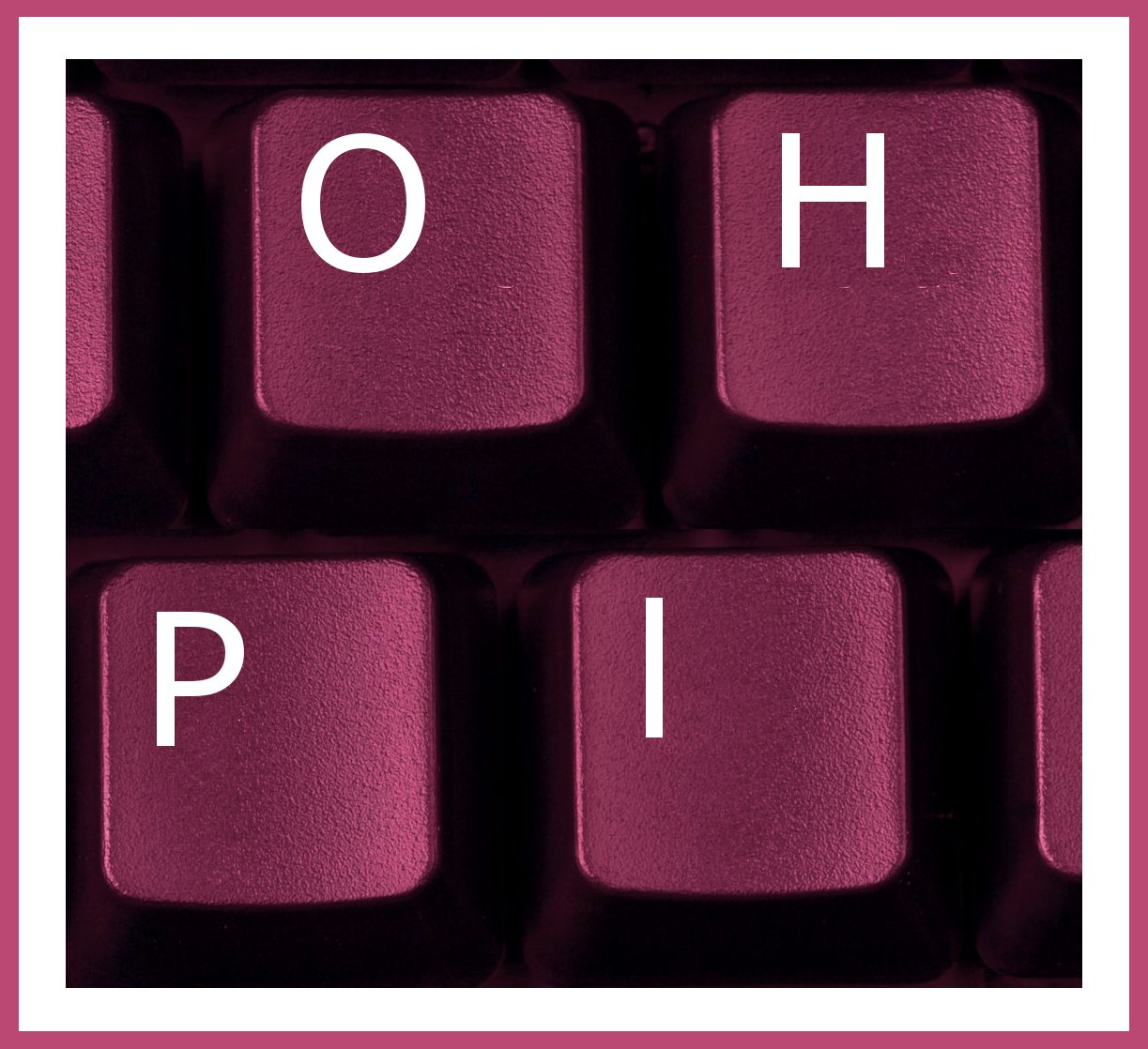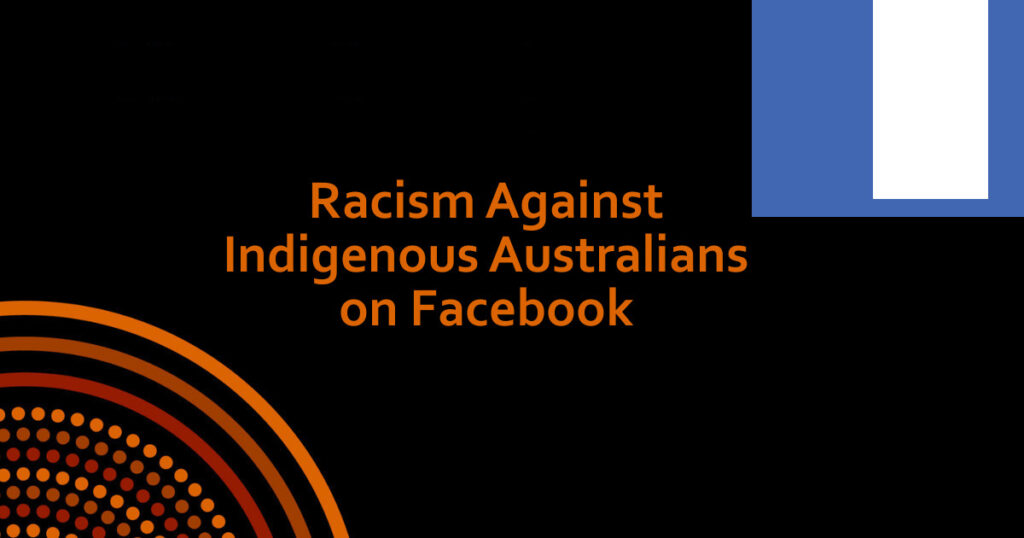
We first tackled online racism against Indigenous Australians back in 2012. At that time, the problem was on Facebook – as a number of pages had been created encouraging the creation and sharing of racist memes targeting Indigenous Australians. After a bumpy start, Facebook has got far better at tackling this problem, but the issue regularly returns. This briefing gives a bit of history on the problem then some current examples which Facebook needs to and, now we have shone a light on them, no doubt will address.
The history of racism against Indigenous Australians on Facebook
The problem was exacerbated when, despite an outcry in the Australian media, by politicians and by the Australian Human Rights Commission, Facebook decided the content was ok, provided the pages added the words “Controversial Humour” to the start of the page name.
The Online Hate Prevention Institute provided detailed monitoring of the pages and we were in touch with the Race Discrimination Commission multiple times a day to discuss developments. Our work was published as the report Aboriginal Memes and Online Hate which has since been cited in reports by UNESCO and in multiple scholarly articles (e.g. one, two, three, four, five, six, seven) and books (e.g. one, two, three).
Facebook changed their policy and the idea of an exception for “controversial humour” was dropped, at least for Australia. Facebook implemented a country based ban which prevent the pages appearing to Australian Facebook users. Every now and then, however, the issues appears again on Facebook. Examples include a reemergence in 2014, a page targeting Adam Goodes in 2015, the racist AFL memes page and NRL memes page in 2016.
This briefing provides more examples of the persistence of the problem on Facebook. We have no doubt Facebook will respond appropriately once they see this briefing. This racism is like rubbish on the side of the street. We’re happy working with our supporters and the public at large to clean up Facebook and other platforms, but there is something a little broken with us doing this work to improve Facebook and then having to paying Facebook to promote the work and raise public awareness of the issue. Perhaps it is time Facebook took the next step and started to give back.
Current Examples on Facebook
Example 1: Abo Memes
The page Abo Memes (ID 102222994492657) was created on August 30, 2019. It has two fans and no activity after the day it was created. It is clearly there to promote the same sort of racist memes we have seen in the past. One of its posts included the “Been here 40,000 years. Invented a Stick” meme, an attack on Indigenous Australians suggesting they are of low intelligence. (In contrast to this racist idea, learn about some great Indigenous Australians).
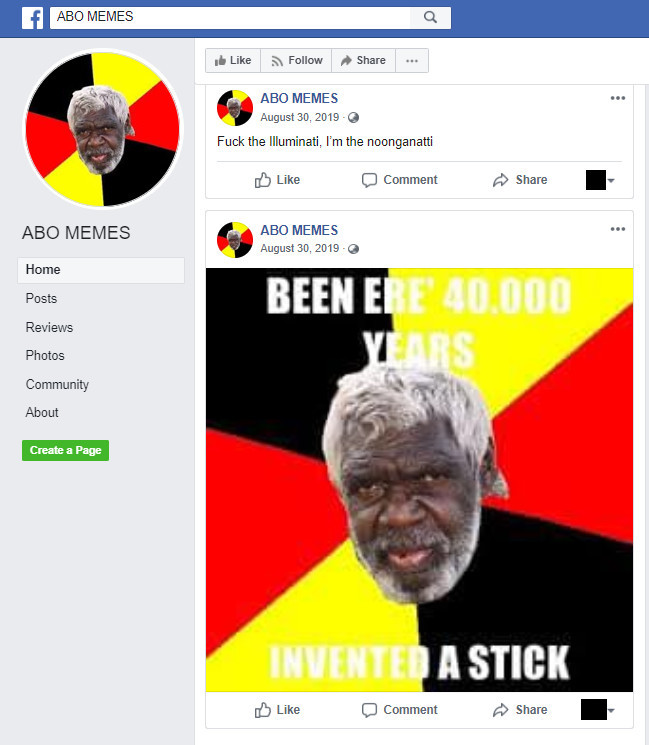
Example 2: Re-circulation
Here is an example still online from 2013. It is in fact a screen shot of one of the original racist Aboriginal Memes, circulated by one of the original Aboriginal Memes pages. The meme says “How do you kill 1,000 flies at once? Slap me in the face.” It promotes a racist image of Indigenous Australians as dirty and lazy and promotes the idea it is ok to use violence against them. The is not “sarcasm” or “irony”, it is just outright racism. The page that posted this has been inactive since 2013.
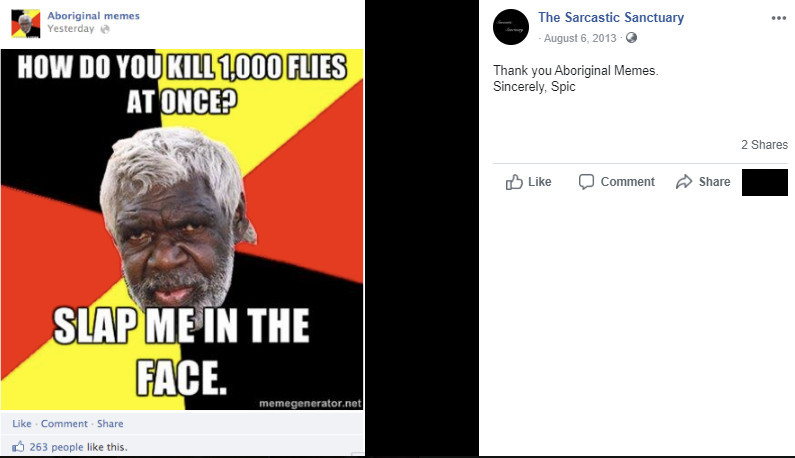
Example 3: Defending privilege
Another page created on August 10, 2012, around the time the Aboriginal Memes issue first arose and received significant media attention, is the page “Aboriginal memes. Are they racist or not?” (ID: 219309611528384).
This is not a page for open discussion but rather a page with an agenda of defending racism and attacking Indigenous Australians and those stand up against racism. The page was last updated in April 2013 but continues to appear in search results promoting its brand of racism and sending a negative message about the culture on Facebook to Indigenous Australians. It has a little over 100 supporters.
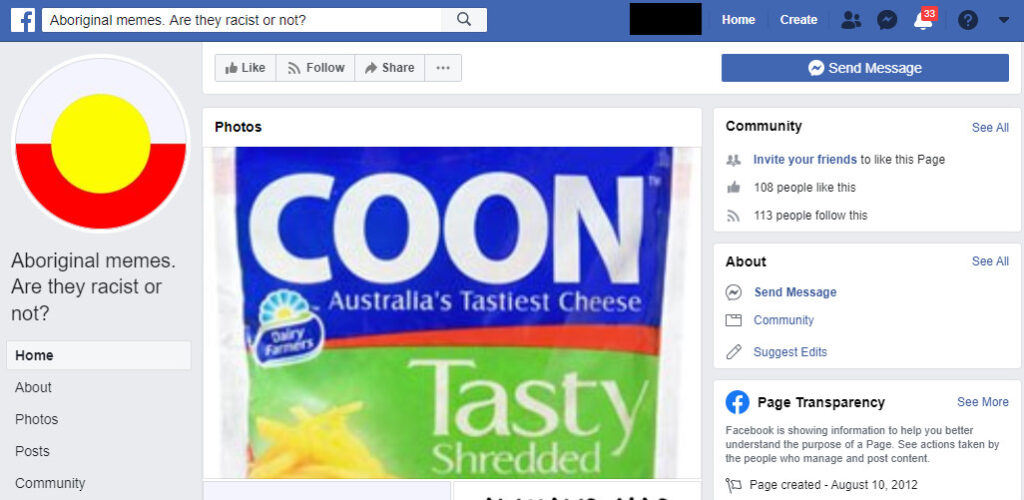
At the start, the page claimed it was only looking to be fair and that there was racism on both sides. It tried to promote the idea that it was racist to only deal with racism against Indigenous Australians and not to also tackle “anti white sentiments”. This is the sort of argument that today is more widely recognised as belonging to white nationalists, the ideology of people like Brenton Tarrant – the terrorist who murdered 51 people in Christchurch a year ago. There is a far larger discussion about the difference between racial discrimination (which occurs at an individual level) and racism (which is part of a wider systemic phenomena and related to power within society). There is a useful explanation from Canada on this distinction and why “reverse racism” is not a real form of racism.
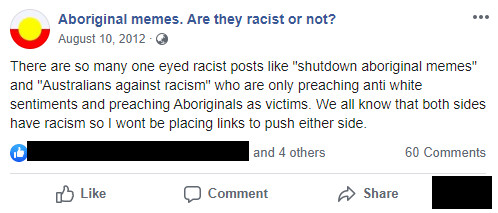
OHPI deals with all forms of hate, but online racism against white people is exceedingly rare and the idea one should not tackle one form of racism because there are also others is not something we accept. We take strong exception to those that seek to derail our work tackling hate against one group in order to redirect attention to their own group. All that leads to is disruption in the other direction when we do tackle hate against that group.
As for this page, much later on – the true colours come out with the page admin declaring that Aboriginal people the most racist in Australia.
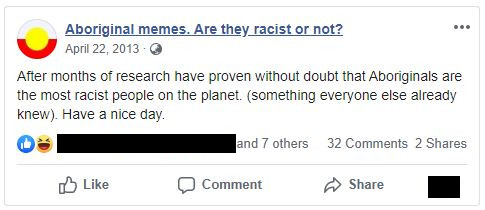
It proposes a new flag for “both sides”, a move which sets up a “them and us” mentality and also completely ignores the many Australians who are neither Anglo Saxons nor Indigenous Australians. This focus on Anglo Saxons, i.e. white people from the UK, is an echo of the White Australia Policy.
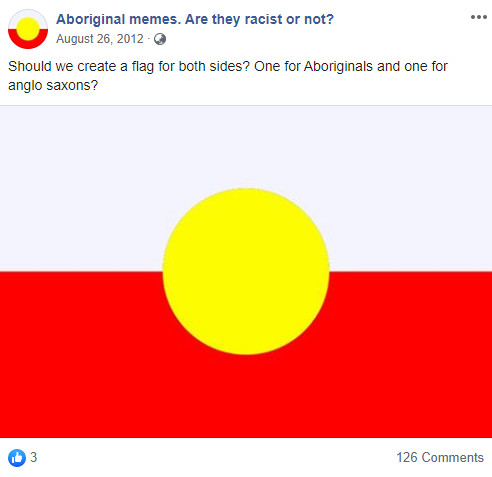
The proposed flag is more than just a misappropriation of an Indigenous symbol. In the traditional Aboriginal flag, the black (where white is shown below) represents the Aboriginal people, the red represents the land, and the yellow represents the sun the giver of life and the protector. Replacing the element representing the Aboriginal people with something representing Anglo Saxons instead is actually a symbolic promotion of genocide. Something likely to be understood by Aboriginal Australians, but not Facebook moderators based overseas.
Another post seeks to misappropriate a popular slogan about the unceded nature of Aboriginal land, a slogan used by Australians Against Racism and others. By stating it is “Australian land” it seeks to deny the rights of Indigenous people.
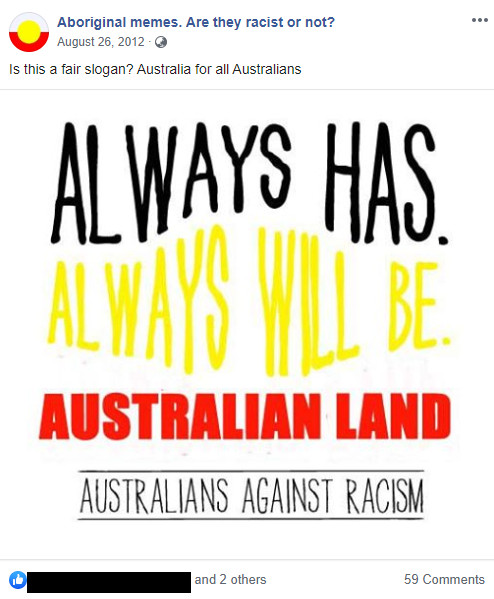
What the concern for “fairness”, the argument “both sides are racist”, etc really boils down to is an effort to assert, maintain and defend the existing system of privilege at the expense of minorities in general and Indigenous Australians in particular.
Comments and support
Comments on this briefing can be made on this Facebook post.
The Online Hate Prevention Institute is a Registered Charity that tackles all forms of online hate. You can support our work by making a donations at https://ohpi.org.au/donate/. You can also join us on Facebook, or join our mailing list.
This article is part of our March 2020 campaign tackling racism against Indigenous Australians. We are currently running a fundraiser to expand our April 2020 campaign tackling Islamophobia. The full plan for our campaigns in 2020 can be seen here.
